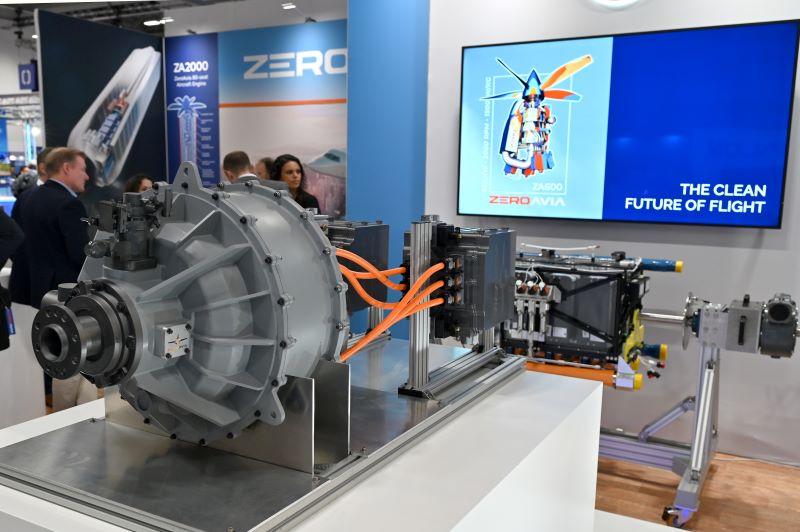ZeroAvia Eyes Potential For Hybrid-Powered Narrowbodies As Early As 2030

ZeroAvia's ZA600 Motor is on display during the Farnborough International Airshow 2024 on July 23, 2024.
Credit: John Keeble / Getty Images
Airbus-funded powertrain developer ZeroAvia is evaluating an interim hydrogen-electric concept to power narrowbody airframes, which could potentially come to market as early as 2030. ZeroAvia is looking to scale its hydrogen-electric propulsion to power a 100- to 200-seat aircraft within eight to 10...
Subscription Required
ZeroAvia Eyes Potential For Hybrid-Powered Narrowbodies As Early As 2030 is published in Aviation Daily, an Aviation Week Intelligence Network (AWIN) Market Briefing and is included with your AWIN membership.
Already a member of AWIN or subscribe to Aviation Daily through your company? Login with your existing email and password
Not a member? Learn how to access the market intelligence and data you need to stay abreast of what's happening in the air transport community.





